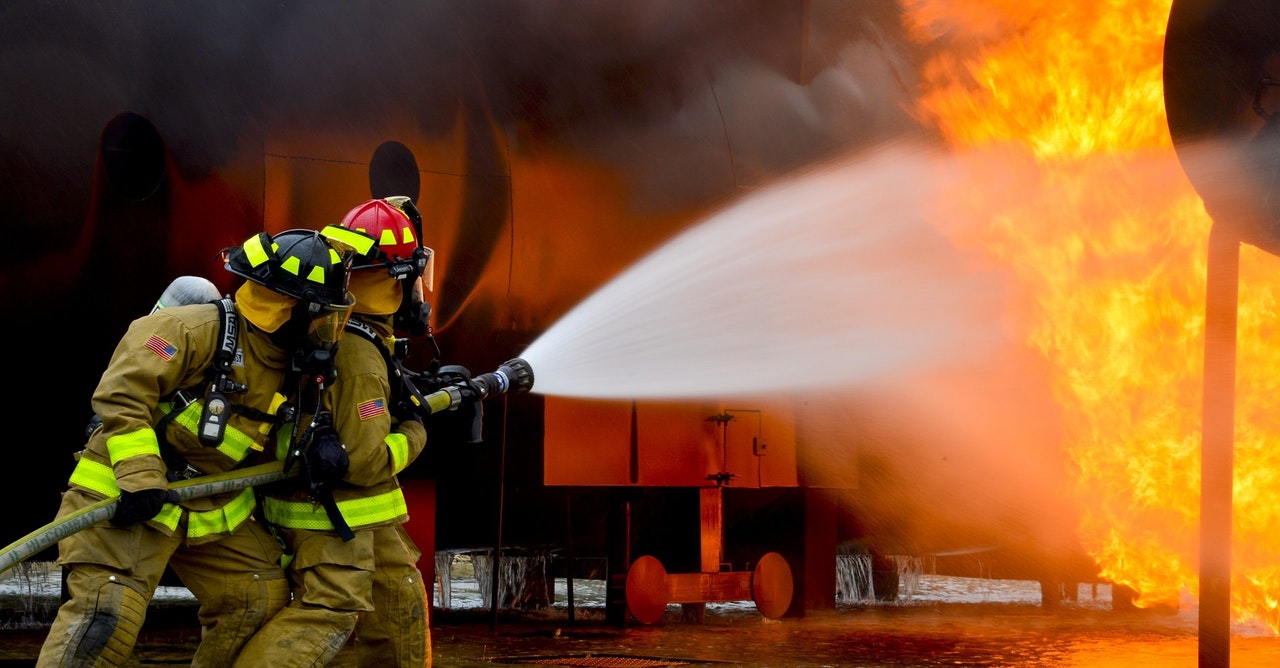Up Close with Arts Entrepreneurs: TBVE Films
How Two Documentary Filmmakers Became Their Own Independent Distributor
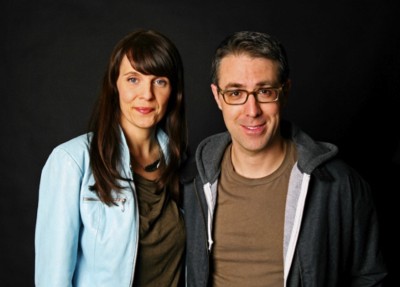
Tom Putnam and Brenna Sanchez are veteran filmmakers based in Los Angeles, CA. Before their latest project, BURN, Tom’s credits include producing the Spirit Award-winning documentary Marwencol, as well as the short films Broadcast 23 and Tom Hits His Head; Brenna has produced a number of films including Hank Williams: Honky Tonk Blues (PBS), The Highwaymen (CMT), The Joy of Lex (Discovery), among others. Tom and Brenna’s production company was recently an honoree of the 2015 Arts Entrepreneurship Awards.
Tell us about your documentary film, BURN, and how it got started.
BURN is a documentary film exploring human struggles, hope and personal courage in the face of overwhelming odds. The film follows a group of Detroit firefighters who are charged with the thankless task of saving a city many of us have written off as dead. We first heard about the story in November of 2008 when 17-year veteran Detroit firefighter named Walter Harris died battling an arson fire in an abandoned home. We asked ourselves what seemed like an obvious question: Why, in a city overrun by arson, would anyone risk his life to save an abandoned building?
Brenna, a Detroit native, was home for the holidays and drove down to her neighborhood firehouse to talk to the firefighters. She called Tom immediately: There was a compelling and virtually unreported story here.
We were embedded with firefighters for over a year, and they really let us into their world, both emotionally and literally. We sent our cameras into burning buildings with them, which no other filmmaker had done.
How did you fund the film?
BURN may be one of the largest films funded entirely by charitable donations — no investors. We raised $1.1 million through fiscal sponsorships, corporate donations, in-kind donations, and Kickstarter. We define crowdfunding as a “portfolio,” using all of these resources together. The single most important factor for us was having the capital to start filming. Through a friend, Brenna was able to get a meeting with a decision maker at General Motors. After a very short and direct negotiation, GM came in with a donation, with no creative strings attached; they just really believed in the power of the project. When people see you out there running the race, they want to see you finish. So GM’s donation was key to getting us out of the gate. Ironically, we’ve been told that having GM’s logo at the start of the film may have been a turn off for festival programmers, who may have presumed the film was made under the company’s direction. If that was the case, it’s most unfortunate. We really went to the mat for creative control in the deal, and were willing to walk away from the deal if we couldn’t maintain that.

You mentioned that you viewed crowdfunding as one component of a portfolio of revenue streams to finance your film. How do you feel your fundraising was different from the industry norm?
Many filmmakers approach crowdfunding by telling their potential audience what they need to complete their film.
That seems backwards to us.
We crafted our messaging to what we thought our audience wanted — “Did you like that video we posted? Great! Donate now and we’ll be able to give you more of it!” At the time, no one had made an action-based, feature documentary about firefighting, as incredible as that sounds. So our outreach focused on how BURN would show firefighting as it really is. We embedded with firefighters for over a year, and they really let us into their world, both emotionally and literally. We sent our cameras into burning buildings with them, which no other filmmaker had done. From the start, we leveraged our aspirations for authenticity and quality. Of course, we had to make good on that.
The $20 and $50 donations through crowdfunding were great. But they weren’t going to keep us in the type of equipment we needed for 12+ months to make a cinematic and technically innovative film. So we went out to manufacturers to donate gear for our production and post. As with our donors, we made it about what they needed. Our pitch: “We’ll take your gear into the harshest possible conditions, really put it through its paces, and produce tremendous results.”
With that approach, we raised more than $200,000 of in-kind gear donations from Apple (edit suites, download stations), Zeiss (prime lenses), ContourHD (helmet cameras), SoundDevices (location sound recording packages), among many others. We posted about their equipment throughout shooting, and created behind-the-scenes videos for our YouTube page and DVD.
How did you build a fanbase for your film?
BURN exists because of social media. It’s how we built our fan base, raised money for the film, and how we distributed the movie. We self-distributed BURN theatrically to more than 170 cities, and Facebook was a huge part of our outreach. (That, and literally calling every fire department, firehouse, union hall and municipal group within 75 miles of each screening!) Facebook also allowed us to target posts geographically and provide metrics about where fans were located, so we could choose screening locations.
Facebook has consistently been our strongest platform. Most of our audience is there. It’s easier for people to share and respond — again, what they want — and easy for us to track our progress through Facebook’s insights.
We currently have 65,000 Facebook fans, compared to 11,000 when we started our Kickstarter campaign.
The biggest challenge with Facebook has been over the past year, as they’ve increasingly throttled what they consider “commercial” posts. We’ve combated that by sharing and posting items that aren’t BURN related, but we think will be of interest to our fans.
At the end of the day, Facebook works if you post frequently, and develop a strong voice and connection with your audience. “Hey guys” posts aren’t going to cut it — that’s what we call posts from groups that clearly are trying to buddy-up with their audience, but don’t really know how. It’s just awkward. You have to really work to know your audience. The more we post, the better we do. Alternately: The more you post about the same thing, the more fans you’ll lose. For example: During a two-week web store sale, we’ll post every day, sometimes more. But only 20–25% of our posts during will be sale-related. This sale will do better than a comparable sale where we’ve published ONLY sale-related posts, regardless of frequency. Video posts are the most effective, by far.
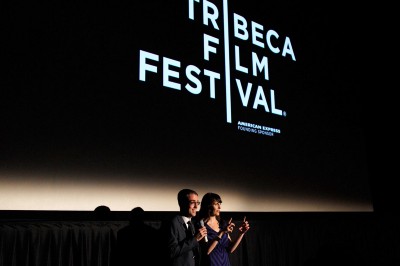
Wow, that’s really impressive. Was it a challenge to keep track of your fans/donors/followers, etc.?
We shudder to think how much better we could’ve done if we’d had the time to manage a proper database during our four years of fundraising and production. We never hired any ongoing production support; it was just the two of us. It was always on the list of things to do, but never received the attention it deserved, because there were always more pressing issues. Like, say, houses on fire!
We mined our donor lists into Mailchimp as we went, but would go months between database updates or communications with our fans. Now that things have slowed down, we’ve been able to take more time to groom our Mailchimp database, and create segments from our donor lists, ticket sales, webstore sales, incoming communications, etc. We currently have about 38,000 email addresses in our database.
How did you use Fractured Atlas’s services in making BURN?
Candidly, we used two other fiscal sponsors before we found Fractured Atlas. FA’s services are so beyond par with the other services we used. We wish we could’ve dedicated more time to fully utilize your services! But where it matters most — ease of transactions, customer support, and information — FA really excels. FA is actually a terrific model for any arts-based startup: Yes, FA’s mission is to support the arts. But you do so by keeping your business matters on point.
Part of the reason you were selected as an Arts Entrepreneurship Award honoree was because you self-distributed your film. Can you talk about how you decided to take on all of that?
Most filmmakers, it seems, want to see their film “get out there and be seen.” This wasn’t the case for us. Because we were in the red, hadn’t paid ourselves, and were committed to giving back significantly to our Detroit firefighters, we were very profit-minded.
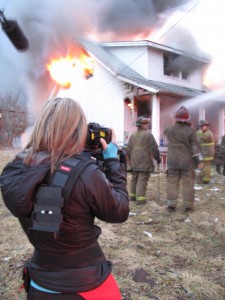
It is a business, after all.
That level of desperation drove us to push harder than we knew was possible, and to turn down low-ball offers without losing any sleep.
Despite having high-profile sales representation, a slew of positive press at Tribeca Film Festival, three screenings that sold out online in minutes, and winning the Audience Award, we came out of the festival with no legitimate offers.
With no offers in hand, we were essentially forced to self-distributed BURN theatrically, as well as on DVD and Blu-Ray. We partnered with Sundance Artists Services for digital, and didn’t do a broadcast release. What we learned was that, for a movie with a defined fan base, we don’t think a traditional distribution deal makes financial sense any more. Here are some numbers to illustrate that point:
When we booked (four-walled) a theater ourselves in Fall 2012, we typically played a 500-seat screen two nights in a row. We charged $20/ticket and typically sold out both shows. That’s a $20,000 gross.
In December 2012, we booked week-long runs at four AMC theaters through a for-hire distributor. The film grossed over $100,000 and had the third-highest per-screen average in the country! But AMC charged much less for tickets than we did, and that ticket price was split between AMC’s cut, the distributor’s cut, the distributor’s flat fee, plus all the PR we had to hire …
By the time we got our check, we made less from our big AMC run than from one of our own two-night screenings.
It just made sense to keep distributing the film ourselves. BURN ultimately grossed $1.2 million theatrically.
What did you learn from this whole process? Anything you can share with other aspiring filmmakers and artists?
Plan ahead to self distribute. Everyone says that now. But no one was saying it a few years ago. In the old paradigm, filmmakers planned on getting a distribution deal, without much of a Plan B. After our experience with BURN, we expect to self-distribute our films now on. If we get a distribution deal, we’ll consider that a nice surprise.
Build strong partnerships. One of our corporate sponsors, MSA, manufactures fire safety equipment. We built champions within the company and worked with them to educate their bosses about the value of the film as a marketing tool. As a result, MSA helped fund our concert-style tour for our first 35 cities.
Give your audience a call to action. Before we started filming, we made a commitment to donate a portion of any profits from the film — whatever they may be — to purchase gear for Detroit firefighters. While this wasn’t a draw for our audience, it gave people a call to action and enticed them to buy. About 40% of our theatrical audience bought their $20 ticket and spent an additional $25 on a T-shirt, poster, or extras DVD. As a result, we recently donated $260,000 in new equipment to the Detroit Fire Department, which was enormously rewarding.
Follow the laws of supply and demand. We specifically chose not to release the film on digital, DVD or Blu-ray while we were in theaters. A lot of people tried to sell us on the day-and-date model, but none of them could produce numbers to back their claims. So we just followed the simple law of supply and demand; if your film is everywhere, it’s less valuable. So we managed that.
You sold your film directly to viewers as well. That’s a growing trend we’re seeing in indie films. How did you decide that was the right course of action for BURN?

We held back releasing the film digitally and home video. It was effective in that people needed to go to a theater to see the movie. (It’s also a 100% effective method against piracy!) We also held back broadcast rights for the film, so once we released on DVD and digital, people had to purchase the film to view it legally. The few broadcast offers we received were so embarrassingly low that the decision was an easy one for us.
Many of our fans had seen the film multiple times in the theater, so we needed to deliver something special to incentivize them to buy the DVD or digital download. We also wanted to add as much value as possible to the DVDs and Blu-Rays to curb piracy. So we created a huge two-disc set with more than eight hours of extras: Picture-in-picture commentary with the stars of the film, behind-the-scenes videos, even a split-screen real time video from the film’s opening fire, where the viewer can choose which firefighter to follow and switch between eight camera angles. That was enormously successful. A two-disc set is inexpensive to mass produce, and we sold them for $24.95. That did tremendously well for us, and helped create a great way for people to continue to share the film. Industry DVD sales are down. But our audience still largely buys DVDs. So we were able to do well by giving them what they wanted.
Sundance Artists Services, the digital distribution arm of Sundance Film Festival, occasionally selects non-Sundance films to partner with. Film Independent, in Los Angeles, recommended they select us, and they did! It’s been a great partnership. They placed the 86-minute feature in all the usual outlets (iTunes, Amazon, Hulu, Vudu) while we sold the “deluxe” version ourselves through VHX, since that’s where we’d see the highest percentage of each sale. During its digital premiere, BURN was the #1 documentary, #1 indie, and #9 action film on iTunes.
VHX is great because the filmmaker gets a great split of each sale. But you’re really just sending people to that site from your own outreach. Also, it’s an unknown platform — your audience has to be digitally savvy to want to download something from an unfamiliar source. iTunes is a known entity. Viewers beyond our reach, folks simply trolling iTunes for something to watch, are able to find BURN. That allowed us to branch out to a broader, more mainstream audience. One of our biggest challenges with iTunes was to convince them to offer the film for a higher price point. Like everyone else we encountered throughout the distribution process, they undervalued what we had. But we held to our price point, and the film did quite well for them.
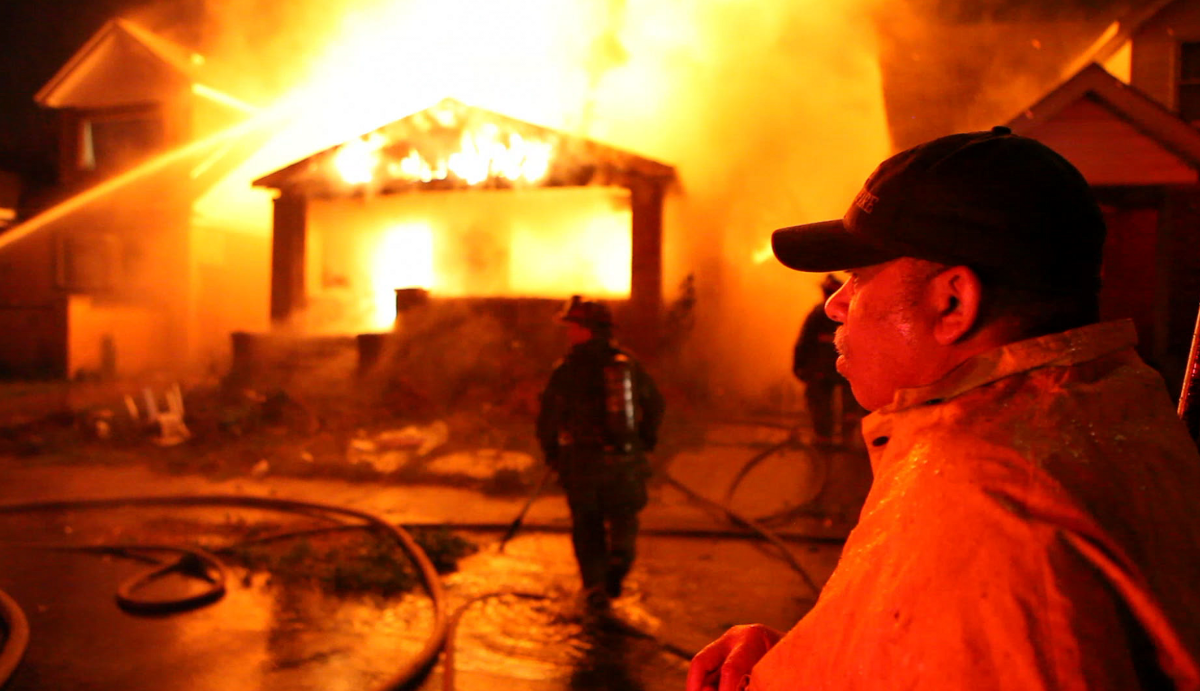
The biggest challenge for digital release was piracy. Within a few hours of its iTunes premiere, BURN was available on dozens of BitTorrent streams and had been downloaded tens of thousands of times. It even was uploaded to YouTube, where thousands more people saw it before we were able to get it taken down. (YouTube’s own complaint system is incredibly slow and ineffective.) We were happy we held off so long on the digital release, but it’s frustrating to see so much revenue go down the toilet due to the piracy that comes with a digital release. We’re on the hunt for affordable technology to slow or track piracy. Until then, we’ll withhold a digital release for any of our films for as long as we can.
How has this experience effected how you will be making films in the future?
Frankly, we woke up to the fact that, if we’re going to call filmmaking our business, we’d better start making money from it. As filmmakers, we all seem content to just get by. In what other business is that acceptable?! It wasn’t until we had a massive audience, a massive obligation to release the film, and a massive amount of debt, that we saw filmmaking as a for-profit occupation.
We worked hard, made a lot of mistakes, and spent a lot of money building the self-distribution machinery for BURN. It was a tremendous risk. But it was the only option in sight that offered any chance for profit. To capitalize on what we’ve built, we selected our next film project in large part because it fits our distribution model. We’re currently in post on a documentary about the band Insane Clown Posse and their fans, who are embroiled in an ACLU-backed lawsuit against the FBI. It’s an incredible First Amendment story and we’re excited to be a part of it.
We’re also excited to dust off the distribution machine we built for BURN and get it going again for the ICP film. The ICP film isn’t a fan doc, it’s an issue doc. We’re making it for viewers who consider themselves politically aware and engaged. And we will try, once again, to gain some ground with traditional doc audiences, festivals and within our industry. But ICP fans will want to see the film, as well, so we can retool our special engagement, city-by-city distribution model for them. Done right, it will be a way to pay the bills and, ideally, allow us to make our next film!
About Fractured Atlas
Fiscal sponsor, fundraising platform, educational resource, advice from a staff of experienced artists & creatives. We’re rooting for you!
